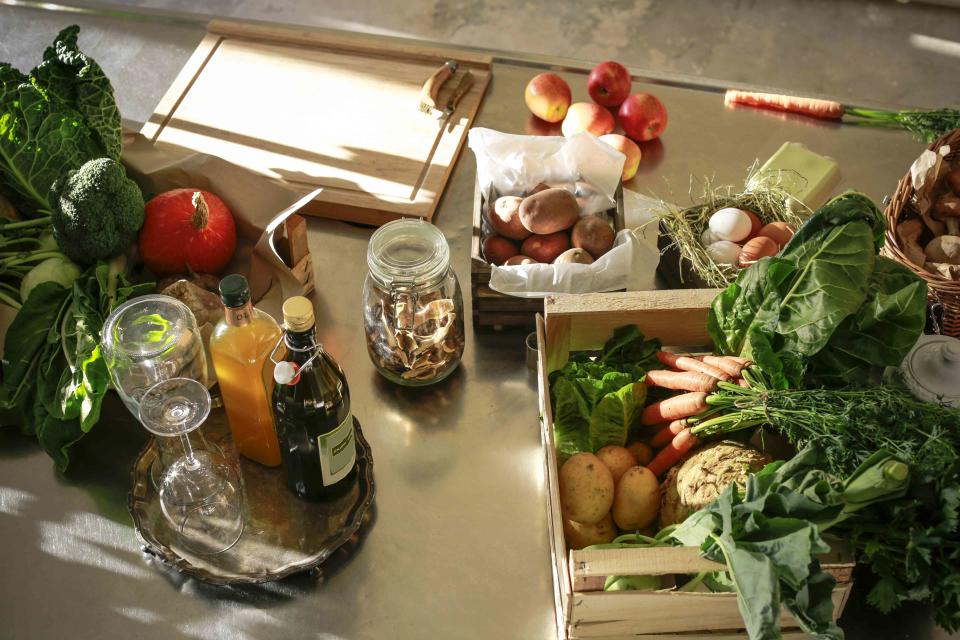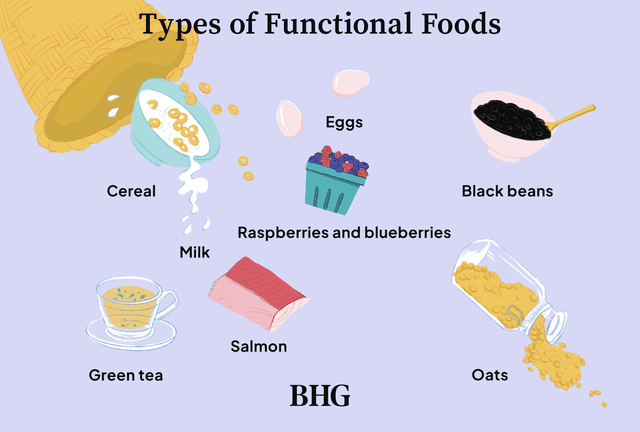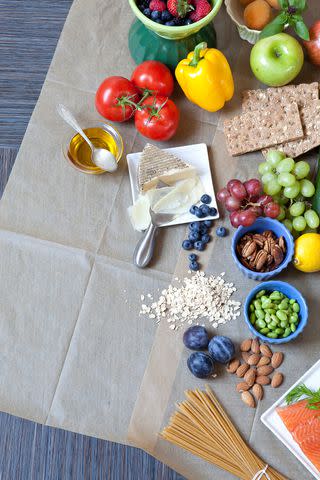Everything You Need to Know About Functional Foods—Plus Where to Find Them
You might have some of these foods with added benefits in your kitchen right now.

Functional foods are topping the health trend charts these days. And while you may have heard of the term before, perhaps just assuming that they were good for your health, what are they really, and where can you find them? Here's all the information you need in order to add more fortified foods to your diet.

BHG / Xiaojie Liu
What Are Functional Foods?
The term functional foods was first coined in Japan in the 1980s and soon spread to North America and Europe. While all foods serve a function, functional foods, also called "designer foods," offer additional health benefits, beyond the basics. Some also consider the term "nutraceuticals" to be synonymous with functional foods, but many do not, as nutraceuticals are typically products derived from food but sold in the form of pills, powders, or liquids—think more in the realm of supplements.
Though not officially defined by the Food and Drug Administration (FDA), functional foods either occur naturally, or are fortified with ingredients like fiber, vitamins, minerals, or probiotics—adding to their nutritional profile.
Fortification is the addition of nutrients to a food, while enrichment is adding nutrients that naturally occur, but were lost during processing, back into the food. Typically, functional foods will be fortified, a category that can include cereals, milks, juices, and snack foods. One classic example is the addition of folic acid to breakfast cereals, which started in the late 1990s. In fact, the FDA has required that folic acid be added to enriched grain products, including bread, pasta, rice, and cereal, since 1998.
This was originally done to help prevent birth defects—but little did cereal producers know that they were actually producing one of the first versions of functional foods. Fortified functional foods are designed to not only address public health concerns like nutrient deficiencies, but also to generally increase the nutrition profile of these food products.
Functional foods can also be foods that are particularly nutrient-dense. These foods tend to have high levels of nutrients, unique nutrients, or compounds that set them above the rest. Nutrients that could qualify a food as functional could be vitamins, minerals, amino acids or protein, fiber, or healthy fats like omega-3 fatty acids in high levels. Examples of non-nutrient ingredients would be probiotics, plant compounds, or plant sterols, which have so many proven health benefits. Many of these foods are highly studied and shown to have a positive influence on major public health concerns like chronic illness and immune function.

Where Can I Find Functional Foods?
You more than likely have quite a few varieties of functional foods stocked up your kitchen right now, without even knowing it. Here are some great examples of functional foods that you can easily find in grocery stores near you.
Fortified Functional Foods
Cereals are often boosted with folate, iron, and various vitamins and minerals.
Whether you drink cow’s milk or non-dairy options, milk is often fortified with calcium, vitamin D, and vitamin A.
Juices are often fortified with calcium and vitamin D—orange juice particularly so.
Grains and grain-based products can be fortified with iron, plus B vitamins including niacin, thiamin, and riboflavin.
Eggs are often fortified, with some brands adding fluorine, iodine, manganese, selenium, B vitamins, vitamin E, and certain fatty acids.
Related: Cereal Can Be a Key Source of Vitamin D Now
Whole Functional Foods
Seafood, including anchovies, salmon, sardines, herring, trout, and some shellfish like mussels
Vegetables, like kale, chard, broccoli, cauliflower, spinach, onion, leek, carrots, and sweet potato
Seaweed—think spirulina, wakame, nori, and kombu
Fruit, including tomatoes, raspberries, blueberries, blackberries, pomegranate, pears, citrus, and kiwi
Legumes, like lentils, chickpeas, black beans, and cannellini beans
Whole Grains, like quinoa, buckwheat, oats, brown rice, barley, millet, and sorghum
Fermented Foods, including miso paste, kombucha, kefir, yogurt, kimchi, sauerkraut, and tempeh
Herbs and Spices—think ginger, garlic, turmeric, cinnamon, cloves, and capers
Nuts, such as walnuts, pistachios, Brazil nuts, cashews, and almonds
Seeds, like sunflower, pumpkin, flaxseeds, chia, hemp hearts, and sesame
Drinks, including green tea, black tea, and coffee
Related: Here's Why Sprouted Whole Grains Deserve a Spot in Your Diet
For more Better Homes & Gardens news, make sure to sign up for our newsletter!
Read the original article on Better Homes & Gardens.

